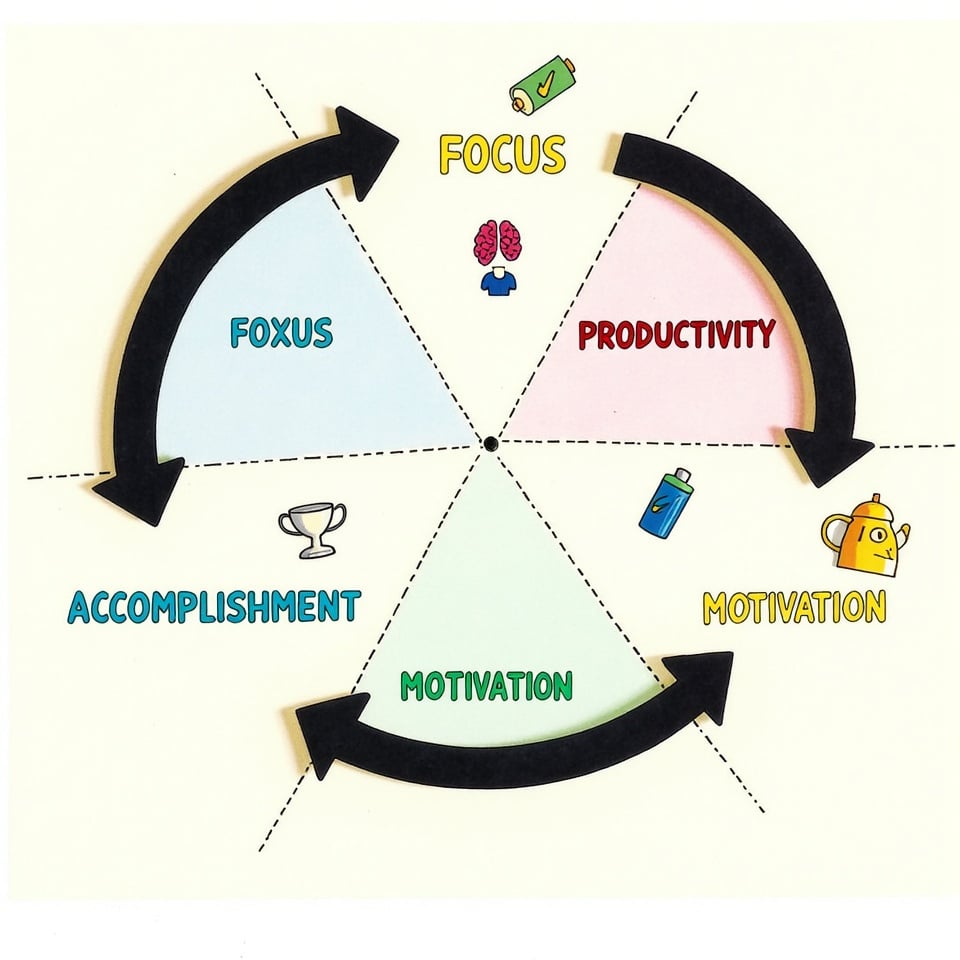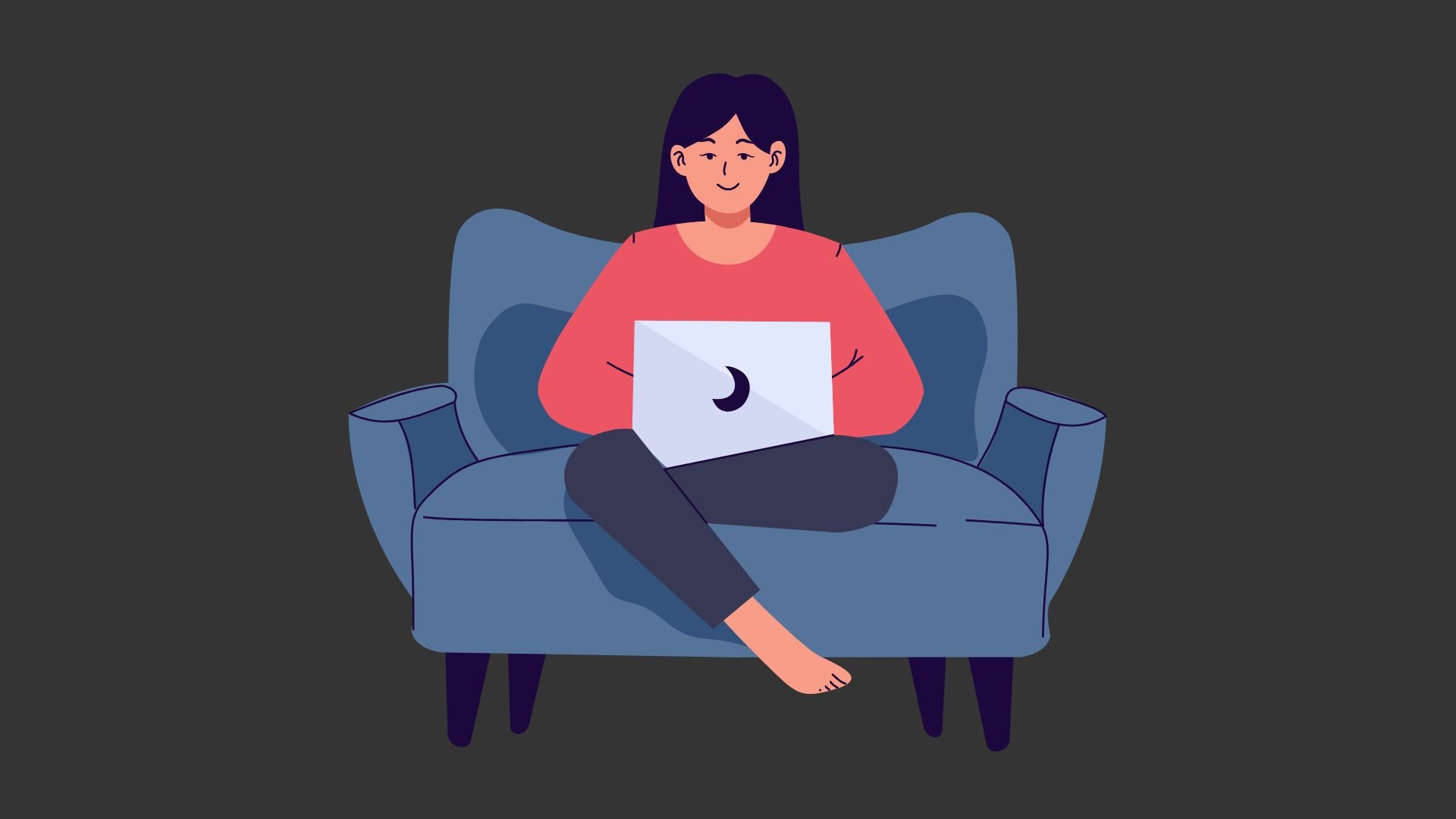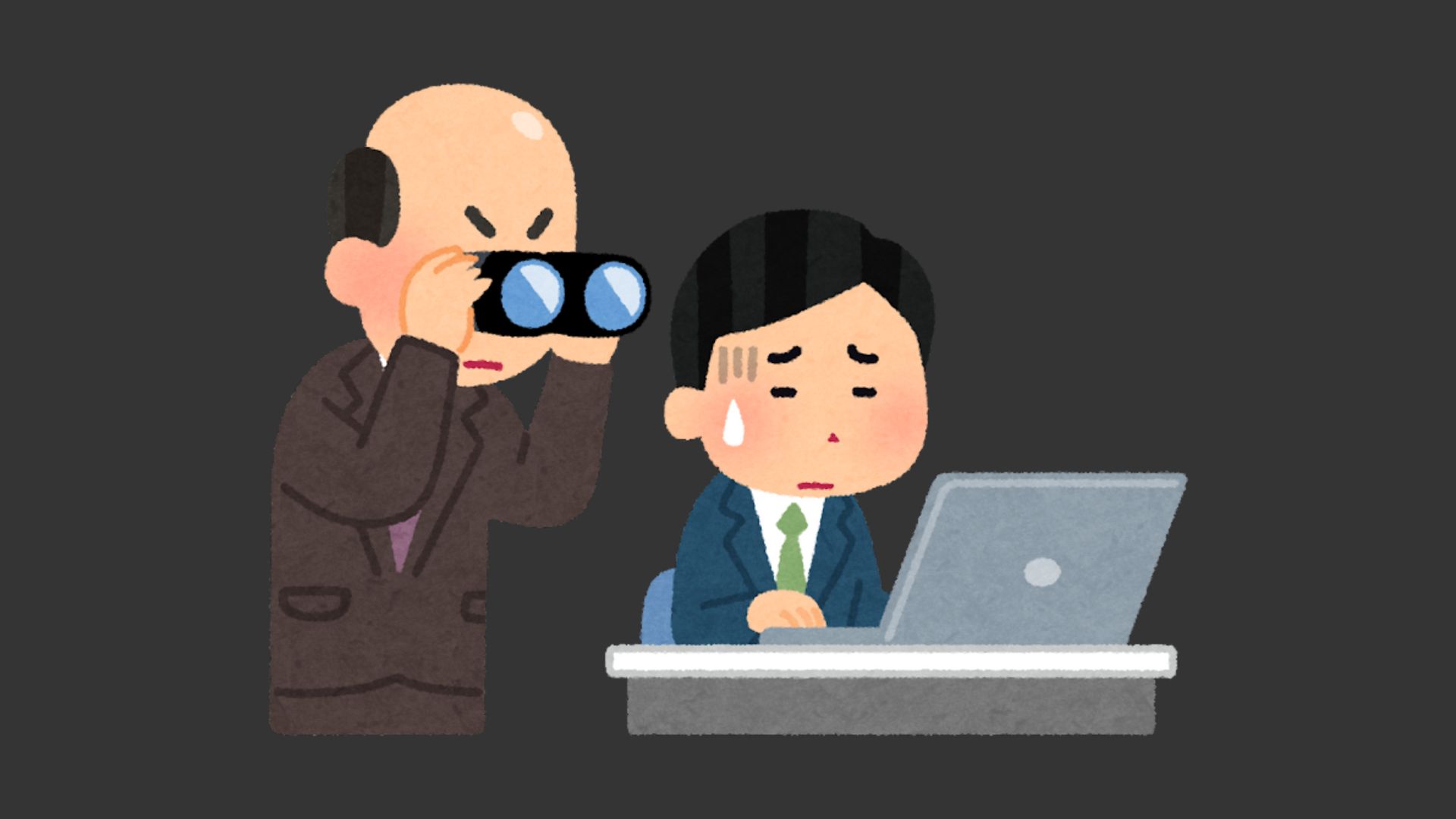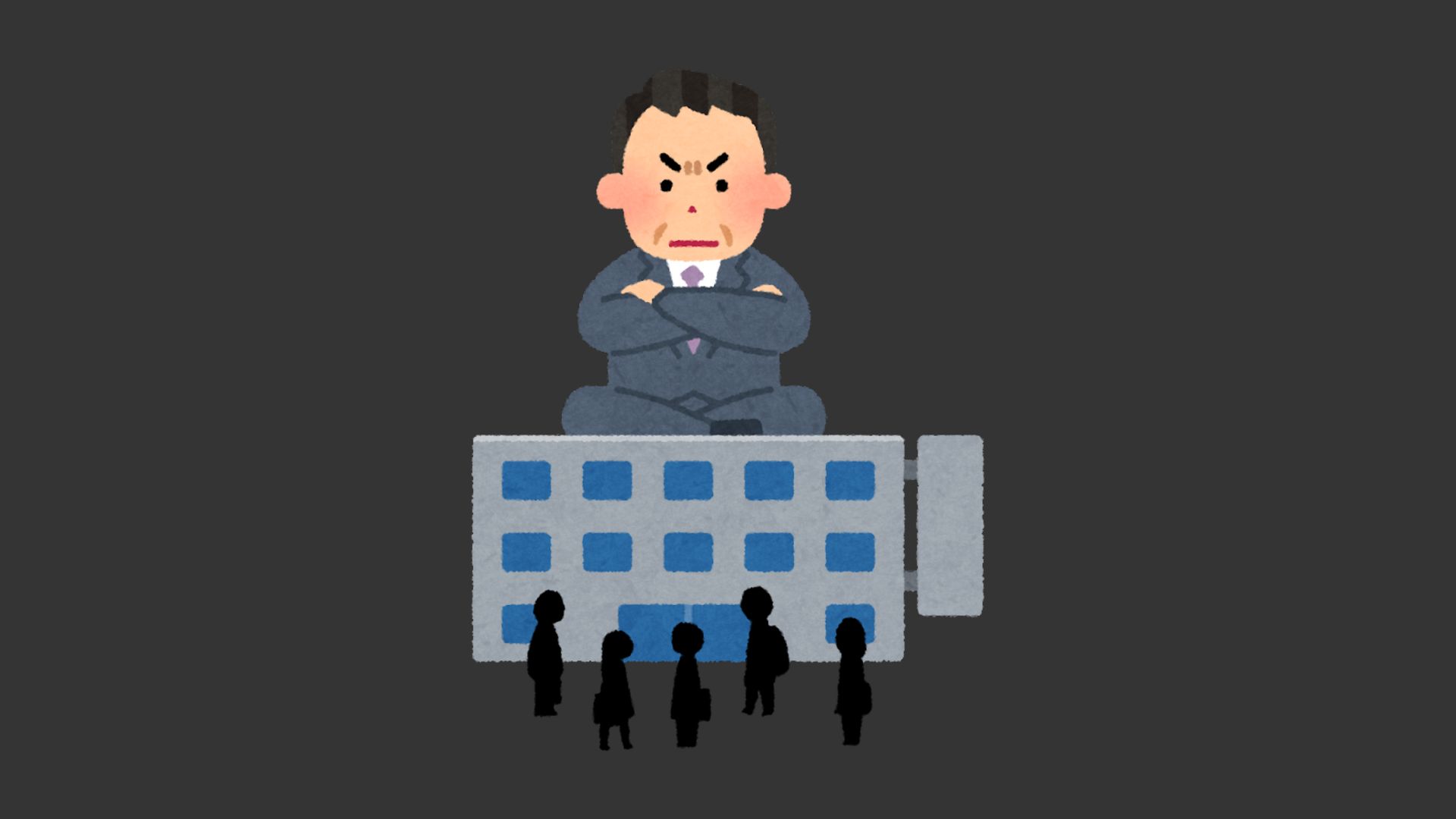Want to supercharge your creativity and productivity?
Enter the idea board — your secret weapon for turning scattered thoughts into actionable plans.
Whether you’re brainstorming your next big project, planning a business strategy, or organizing personal goals, an idea board can transform how you work.
In this guide, you’ll discover everything you need to know about idea boards — from choosing the right type to maximizing their benefits.
Let’s dive into how these powerful visual tools can revolutionize your creative process and help you achieve better results.
What is an Idea Board
An idea board is your creative command center — a visual tool that helps capture and organize thoughts, inspirations, and goals.
Think of it as your brain’s favorite playground where ideas come to life.
Unlike traditional notepads or digital notes, idea boards let you see everything at once.
You can arrange images, sticky notes, sketches, and text in ways that spark new connections and insights.
I’ve used idea boards for everything from planning website redesigns to mapping out content strategies. They’re incredibly versatile — working equally well for personal projects or team collaborations.
These boards come in many forms. You might prefer a physical corkboard on your wall, a whiteboard filled with colorful markers, or digital platforms like Miro or Mural.
The key is finding what works for your creative style.
The beauty of idea boards lies in their flexibility. You can rearrange elements whenever inspiration strikes, group related concepts together, or create visual hierarchies that make sense to you.
No rules — just pure creative freedom.
Think of it as your mind’s visual GPS.
When you’re stuck or overwhelmed, your idea board helps navigate through the chaos of thoughts and points you toward your destination.
It’s where scattered ideas transform into actionable plans.
When to Use Idea Boards
Starting a new project? That’s the perfect time to create an idea board.
They’re especially helpful when you need to brainstorm concepts or map out complex plans from scratch.
Writers, I’ve found idea boards invaluable during the early stages of content planning.
They help organize research, outline structures, and visualize content flow before diving into the actual writing.
Team meetings become more productive with idea boards.
They give everyone a shared visual space to contribute thoughts and build on each other’s ideas.
Use them for personal goal setting too.
Whether you’re planning a career change or designing your dream home, idea boards help clarify your vision and break big goals into manageable steps.
Problem-solving sessions benefit enormously from idea boards.
When faced with challenges, mapping out all possible solutions visually often reveals connections you might have missed otherwise.
They’re fantastic for creative blocks.
Whenever you feel stuck, spending time arranging and rearranging elements on your board can spark fresh perspectives and breakthrough ideas.
Monthly or quarterly planning becomes clearer with idea boards.
They help you see the big picture while organizing tactical details, making it easier to set priorities and track progress.
Remember those moments when inspiration strikes at odd hours? Keep a digital idea board on your phone to capture those brilliant ideas before they slip away.
Trust me, your future self will thank you.
How to create an Idea Board
Ready to create your first idea board?
Let’s break down the process into simple, actionable steps that’ll set you up for success.
Whether you’re a seasoned creative or just starting out, these guidelines will help you build an effective idea board that works for you.
Step 1: Set a goal and a timer
Start with a clear purpose for your idea board.
Whether it’s planning a product launch or redesigning your living room, define your objective.
Set a specific time limit for initial brainstorming to maintain focus and energy.
Step 2: Create an Open and Positive Environment
Find a quiet, comfortable space where creativity can flow freely.
If working with a team, establish a “no bad ideas” rule.
You’ll see the best results when people feel safe sharing without judgment.
Turn on some background music if that helps your creative process.
Step 3: Designate a Note Taker or Collaborate Virtually
Choose someone to capture ideas if working in a group, or set up your digital collaboration tool.
Tools like Miro or Trello make it easy for remote teams to contribute simultaneously.
Keep track of every idea — even the ones that seem wild at first.
Step 4: Discuss Ideas
Let the ideas flow! Start placing elements on your board — images, words, sketches, whatever works.
Group related concepts together using colors or spatial arrangement.
Don’t self-edit during this phase.
Sometimes, seemingly crazy ideas turn into the most successful projects.
Step 5: Edit Your Idea Board
Review everything once your timer ends.
Remove duplicates and combine similar ideas.
Create clear categories or sections.
This is when you transform your creative burst into an actionable plan.
Keep only what aligns with your original goal.
Types of Idea Boards
Looking for the perfect idea board format?
You’ve got several exciting options to choose from, each with its own unique advantages.
Let’s explore the different types that can help bring your creative visions to life.
Physical Idea Boards
Traditional cork boards and whiteboards remain popular choices.
They’re tactile, always visible, and perfect for hands-on creators.
I’ve used a giant corkboard in my office for years — there’s something satisfying about physically pinning up new ideas.
Digital Idea Boards
Tools like Pinterest, Miro, and Trello offer unlimited virtual space and easy sharing.
They’re ideal for remote teams and digital nomads.
Plus, you can access them anywhere and never run out of space.
Vision Boards
These focus on personal goals and aspirations.
Combine inspiring images, quotes, and affirmations to visualize your future.
I’ve helped clients create vision boards that actually led to achieving their dreams.
Mind Maps
Starting with a central concept, these boards branch out into related ideas and subtopics.
They’re excellent for breaking down complex projects or exploring connections between different concepts.
Mood Boards
Popular in design and branding, mood boards collect colors, textures, and images that capture a specific feeling or aesthetic.
They’re essential for maintaining a consistent visual direction.
Kanban Boards
These organize ideas into columns like “To Do,” “In Progress,” and “Done.”
Perfect for project management and tracking progress.
I use these daily to manage content creation workflows.
Benefits of Idea Boards
Now that you understand what idea boards are, let’s dive into their game-changing benefits.
These powerful tools have transformed how individuals and teams approach creativity and project management.
Here’s why you should consider using one.
Visual Organization
Transform scattered thoughts into clear, organized concepts.
Your brain processes visual information faster than text.
Your team will grasp complex projects in minutes just by glancing at a well-organized idea board.
Enhanced Creativity
Ideas breed more ideas.
When you see concepts laid out visually, new connections emerge naturally.
That random sketch might spark your next breakthrough innovation.
Better Collaboration
Teams work more effectively when everyone can see and contribute to shared ideas.
It eliminates confusion and builds on collective creativity.
Goal Clarity
Keep your objectives front and center.
Whether it’s a personal vision board or a project roadmap, visible goals are more likely to be achieved.
I check mine every morning – it’s like a compass for daily decisions.
Flexible Planning
Easily move, group, or modify ideas as projects evolve.
Unlike linear lists, idea boards adapt to changing needs and new insights.
You’re never locked into one direction.
Progress Tracking
Watch your ideas transform from concepts to reality.
It’s incredibly motivating to see how far you’ve come.
Plus, it helps identify bottlenecks early in the process.
Memory Aid
External storage for your brain.
No more forgetting that brilliant idea you had at 3 AM.
Just pin it to your board and develop it when you’re ready.
Final Thought
An idea board transforms scattered thoughts into actionable plans.
Whether digital or physical, the key is finding what works for you and your team.
Start small, experiment with different approaches, and watch your creativity flourish.
Your next breakthrough might be just one board away.







